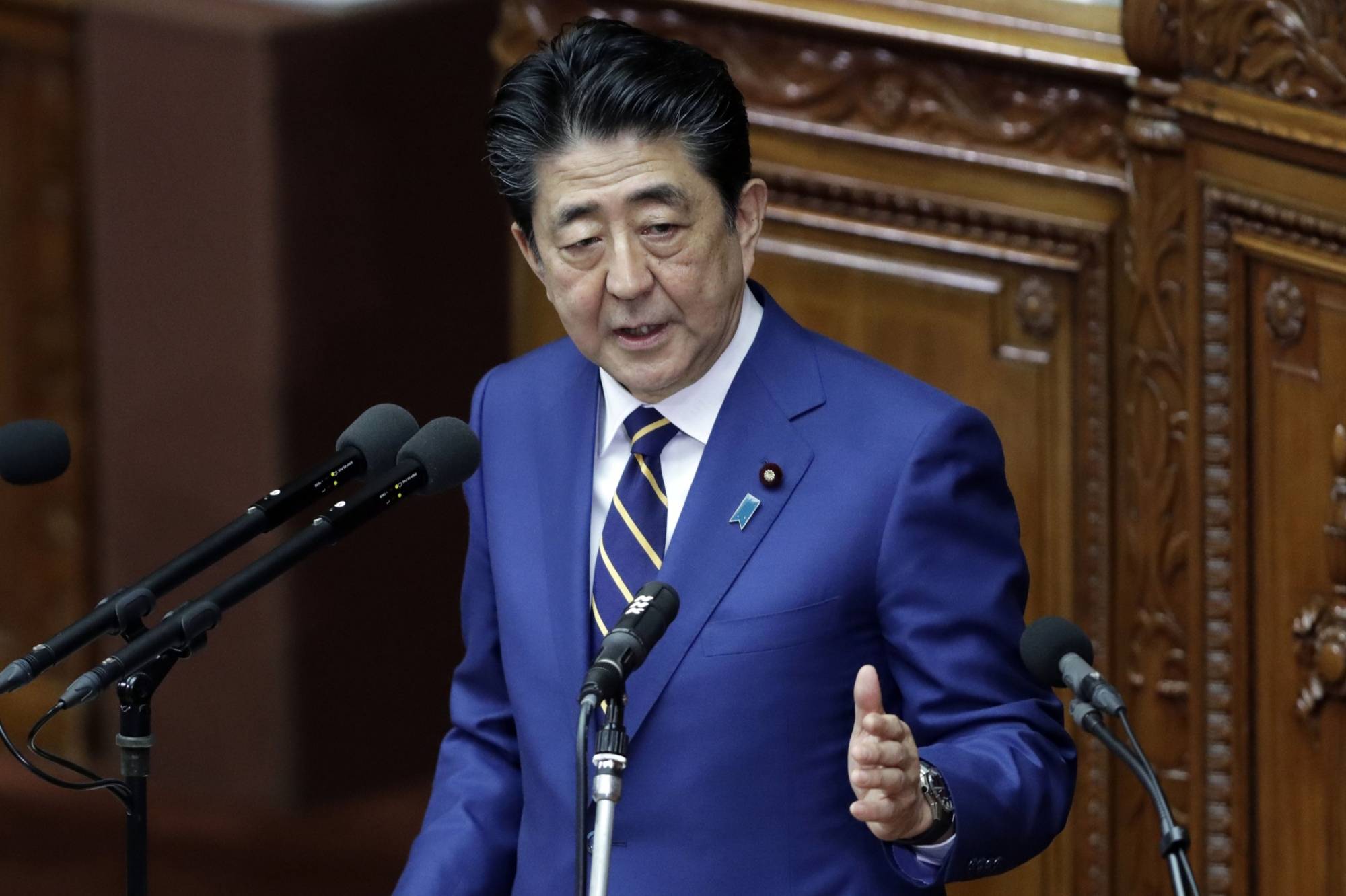A lot of ink has been spilt about the late former Japanese Prime Minister Abe Shinzo’s legacy, whose state funeral just took place.
In the much-fraught area of economic policy, assessments of Abe’s economic legacy or Japan’s economic prospects in general amid serious global macro headwinds have ranged from the very optimistic to the fairly pessimistic.
However, as the saying goes, the truth often lies between two extremes.


















With your current subscription plan you can comment on stories. However, before writing your first comment, please create a display name in the Profile section of your subscriber account page.